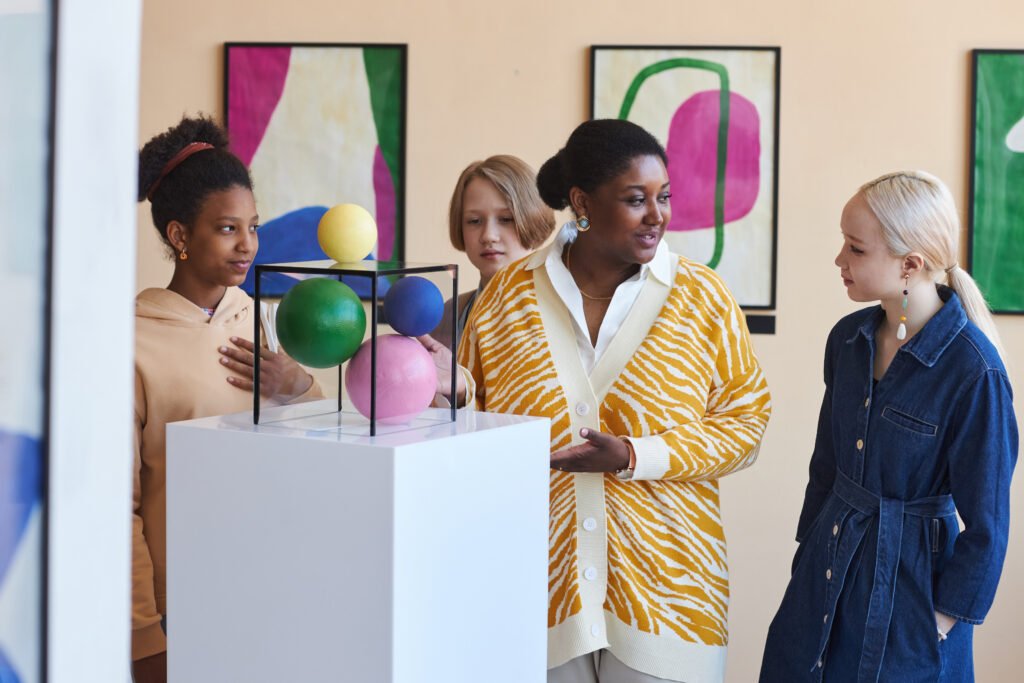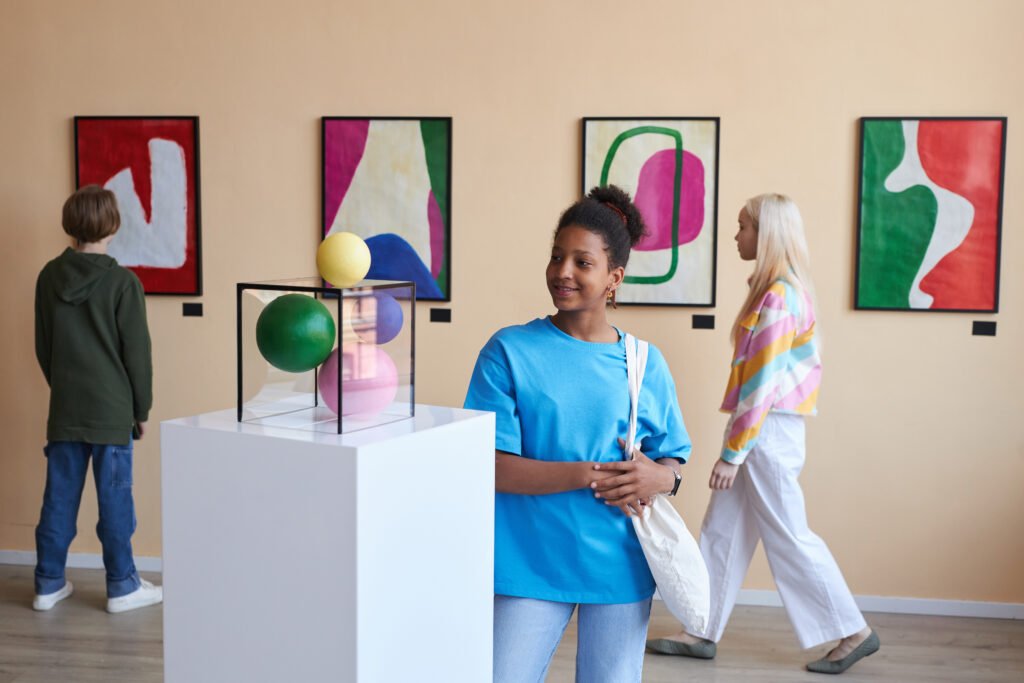The art market has always been shrouded in mystery. For many, understanding why a work reaches million-dollar valuations feels as complex as interpreting an abstract painting. But behind the auction bids and gallery walls lies a sophisticated system that dictates the value of each artwork.
The value of a piece does not depend solely on its aesthetic impact or the artist’s talent. It is tied to a network of influence that involves curators, gallerists, critics, investors, and more recently, algorithms and online platforms. Understanding this ecosystem is essential for anyone looking to buy art with both awareness and strategy.
The Invisible Role of Prestige Agents
At the heart of value attribution lies what many scholars refer to as “symbolic capital.” According to French sociologist Pierre Bourdieu, in his book The Rules of Art (1992), the value of an artwork is granted through legitimization by cultural institutions and recognized experts. This means that what we perceive as valuable often underwent a long process of validation through museum curation, biennial exhibitions, and critical reviews.

Furthermore, studies such as The Structure of the Contemporary Art Market, from the University of Oxford, published in 2020, indicate that artists who integrate into institutional circuits tend to have higher long-term valuations. Therefore, when buying abstract art, it is not only the style or aesthetic that matters, but also the piece’s trajectory within this system of legitimization.
How the Art Market Sets Trends and Prices
Another key player in the art market is the role of galleries and auction houses. These entities not only sell artworks but shape public taste and define what becomes relevant. Often, they collaborate with strategic collectors to boost an artist’s value.
This is particularly evident in the abstract art market, where interpretation can be highly subjective. In such contexts, critical and institutional discourse gains even more influence. Thus, when searching for the best places to buy art, it is essential to track which artists are being promoted by these institutions and which exhibitions feature their work.
Moreover, online platforms and social media have begun to influence artist visibility. According to the study Art Market 2022 by UBS and Art Basel, more than 30% of art sales in 2021 occurred online. This digital transformation has changed how people buy art online, increasing accessibility while raising new questions around authenticity and curation.
Strategy, Emotion, and Information: The Triad of Today’s Art Buyer
Today’s art buyer must combine three traits: aesthetic sensibility, information access, and strategic vision. It’s not enough to simply like a piece — one must understand its context, the artist’s path, and the market mechanisms. This applies whether you’re looking for abstract art for decoration or investing with a long-term vision.
Fortunately, it has never been easier to research and compare. Specialized websites, virtual catalogs, online auctions, and digital art fairs have become accessible sources of information. However, the abundance of options demands more discernment. Assessing provenance, an artwork’s history, and the artist’s career are essential steps for buying art safely and wisely.
The art market is not a purely rational space. Emotion, prestige, and perceived value are constantly intertwined. That’s exactly why it remains so fascinating and promising for those who want to invest — or simply acquire something that transforms a space and provokes thought.



